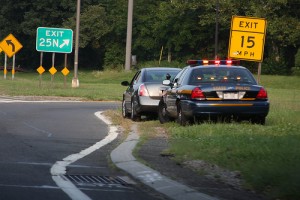String Citations
Posted
30 May 2014 in Commentary, Tips and Tactics
String cites are almost universally condemned.  Judges at all levels criticize string cites. Minority and dissenting judges criticize majorities that use string cites, and vice versa but to a lesser extent. Attorneys criticize the string cites in their opponents’ briefs. Law reviews insult string cites routinely.
What distinguishes a string cite from a list of cases that support the stated proposition?
Judges at all levels criticize string cites. Minority and dissenting judges criticize majorities that use string cites, and vice versa but to a lesser extent. Attorneys criticize the string cites in their opponents’ briefs. Law reviews insult string cites routinely.
What distinguishes a string cite from a list of cases that support the stated proposition?










